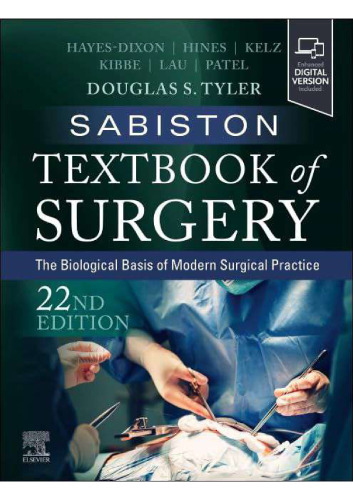Hamid Naficy is one of the world’s leading authorities on Iranian film, and
A Social History of Iranian Cinema is his magnum opus. Covering the late nineteenth century to the early twenty-first and addressing documentaries, popular genres, and art films, it explains Iran’s peculiar cinematic production modes, as well as the role of cinema and media in shaping modernity and a modern national identity in Iran. This comprehensive social history unfolds across four volumes, each of which can be appreciated on its own.
In Volume 3, Naficy assesses the profound effects of the Islamic Revolution on Iran's cinema and film industry. Throughout the book, he uses the term Islamicate, rather than Islamic, to indicate that the values of the postrevolutionary state, culture, and cinema were informed not only by Islam but also by Persian traditions. Naficy examines documentary films made to record events prior to, during, and in the immediate aftermath of the revolution. He describes how certain institutions and individuals, including prerevolutionary cinema and filmmakers, were associated with the Pahlavi regime, the West, and modernity and therefore perceived as corrupt and immoral. Many of the nation's moviehouses were burned down. Prerevolutionary films were subject to strict review and often banned, to be replaced with films commensurate with Islamicate values. Filmmakers and entertainers were thrown out of the industry, exiled, imprisoned, and even executed. Yet, out of this revolutionary turmoil, an extraordinary Islamicate cinema and film culture emerged. Naficy traces its development and explains how Iran's long war with Iraq, the gendered segregation of space, and the imposition of the veil on women encouraged certain ideological and aesthetic trends in film and related media. Finally, he discusses the structural, administrative, and regulatory measures that helped to institutionalize the new evolving cinema.
A Social History of Iranian Cinema
Volume 1: The Artisanal Era, 1897–1941
Volume 2: The Industrializing Years, 1941–1978
Volume 3: The Islamicate Period, 1978–1984
Volume 4: The Globalizing Era, 1984–2010
حمید نفیسی یکی از صاحبنظران برجسته سینمای ایران در جهان است و
تاریخ اجتماعی سینمای ایران اثر بزرگ اوست. این کتاب که اواخر قرن نوزدهم تا اوایل قرن بیست و یکم را پوشش می دهد و به مستندها، ژانرهای عامه پسند و فیلم های هنری می پردازد، شیوه های خاص تولید سینمایی ایران و همچنین نقش سینما و رسانه را در شکل گیری مدرنیته و هویت ملی مدرن در ایران توضیح می دهد. این تاریخ جامع اجتماعی در چهار جلد آشکار می شود که هر کدام به تنهایی قابل قدردانی است.
در جلد 3، نفیسی به ارزیابی تأثیرات عمیق انقلاب اسلامی بر سینما و صنعت سینمای ایران میپردازد. او در سراسر کتاب به جای اسلامی از اصطلاح اسلامی استفاده میکند تا نشان دهد که ارزشهای دولت، فرهنگ و سینمای پس از انقلاب نه تنها از اسلام، بلکه از سنتهای ایرانی نیز آگاه شده است. نفیسی به بررسی فیلمهای مستندی میپردازد که برای ثبت وقایع قبل، حین و بلافاصله پس از انقلاب ساخته شدهاند. او توضیح می دهد که چگونه نهادها و افراد خاصی، از جمله سینما و فیلمسازان قبل از انقلاب، با رژیم پهلوی، غرب و مدرنیته ارتباط داشتند و بنابراین آنها را فاسد و غیراخلاقی می دانستند. بسیاری از سینماهای کشور به آتش کشیده شد. فیلمهای قبل از انقلاب مورد بازبینی دقیق قرار گرفتند و اغلب توقیف شدند تا با فیلمهایی متناسب با ارزشهای اسلامی جایگزین شوند. فیلمسازان و هنرمندان از صنعت بیرون انداخته شدند، تبعید شدند، زندانی شدند و حتی اعدام شدند. با این حال، از این آشفتگی انقلابی، یک سینمای اسلامی و فرهنگ سینمایی فوقالعاده پدیدار شد. نفیسی پیشرفت آن را دنبال میکند و توضیح میدهد که چگونه جنگ طولانی ایران با عراق، تفکیک جنسیتی فضا، و تحمیل حجاب بر زنان، گرایشهای ایدئولوژیک و زیباییشناختی خاصی را در فیلم و رسانههای مرتبط تشویق کرد. در نهایت، او اقدامات ساختاری، اداری و نظارتی را که به نهادینه شدن سینمای در حال تحول جدید کمک کرد، مورد بحث قرار میدهد.
تاریخ اجتماعی سینمای ایران
جلد 1: عصر صنعتگر، 1897–1941
جلد 2: سالهای صنعتی شدن، 1941-1978
جلد 3: دوره اسلامی، 1978-1984
جلد 4: عصر جهانی شدن، 1984–2010
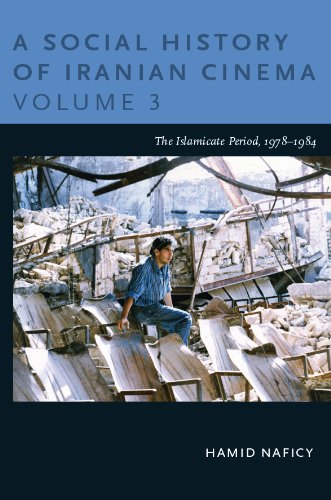


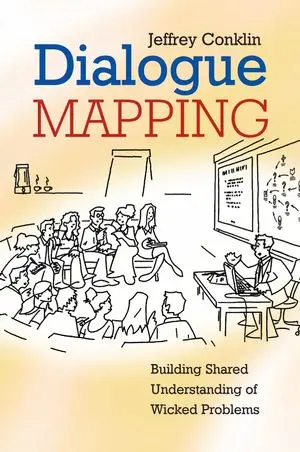


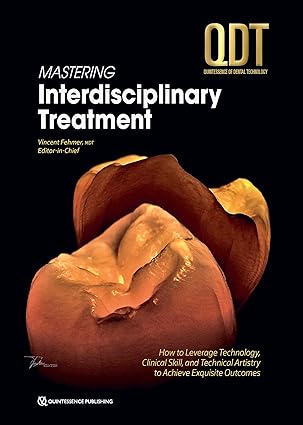
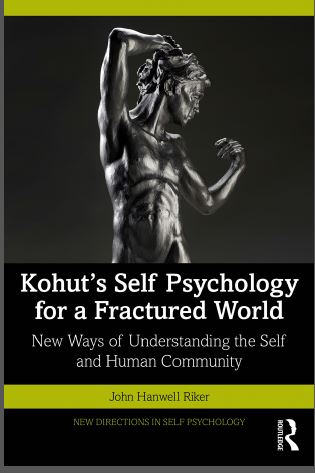

![Clinical Management of Swallowing Disorders (6th Edition) [2025] - Orginal Pdf Clinical Management of Swallowing Disorders (6th Edition) [2025] - Orginal Pdf](https://dl.libsan.ir/images/1/12/Clinical Management of Swallowing Disorders_68fdc2997972e.webp)
